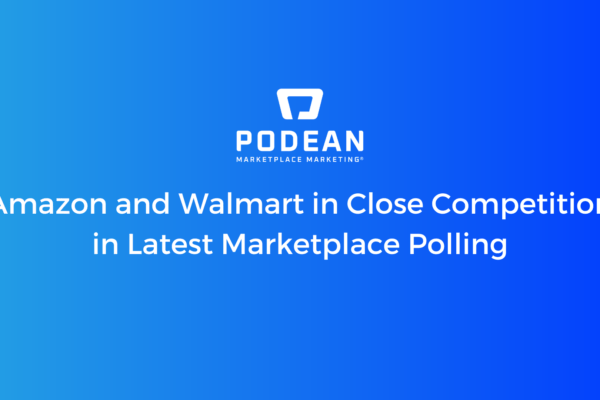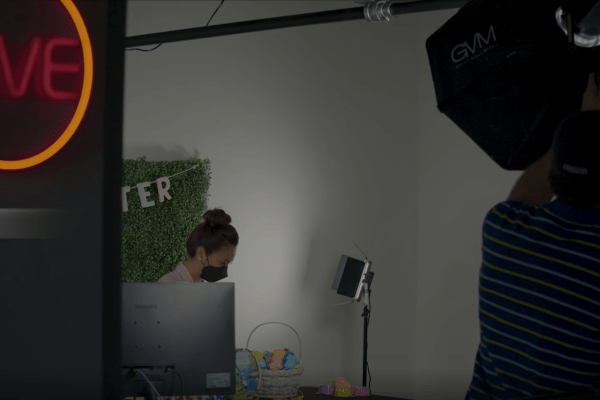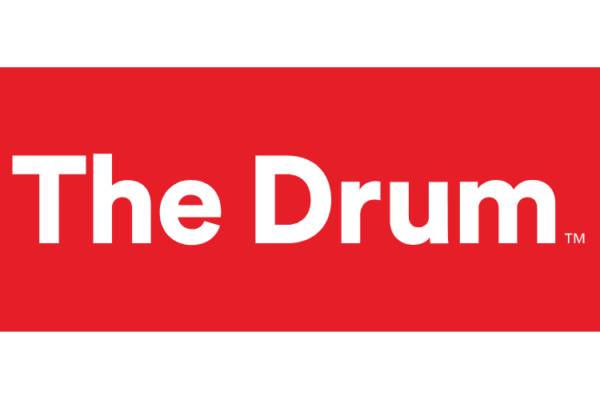Categories
Latest Posts

Skai Director of Sales joins Podean as Director of Retail Media Partnerships
September 12, 2023

Podean Turkey launches & unveils ecommerce research
August 5, 2022
In the last few years Amazon has steadily, if not exactly quietly, built a powerful and wide-ranging portfolio of video services, from Prime Video and Amazon Live to live streaming monster Twitch and the recently launched Amazon Explore. The message is clear: if you still think Amazon is an ecommerce business, you’re missing the whole point of the story.
In Netflix, Apple, Hulu, Sky, QVC and especially YouTube it faces competition on countless fronts, but Amazon’s unrivalled combination of consumer data, engagement, demographics and sheer platform diversification puts the company in a position of considerable strength.
Nowhere is that more evident than when it comes to advertising. In the latest in our ‘What’s next for Amazon’ series, we look at the potential for Amazon to harness its growing power in video to generate advertising revenue, and ask what the future might hold for both content and ads.
The scale and breadth of Amazon video
Amazon’s video empire doesn’t stop with Prime Video; in fact, when gauging the amount of content available, it’s not even their biggest contributor. Take Twitch, Amazon’s gaming-focused streaming platform for instance – at any given time there are around 56,000 concurrent streams live on Twitch. A reported 2.3 billion hours of content was watched on Twitch in Q4 of 2019 (compare that with 0.9 billion on YouTube Gaming). When you consider all of Amazon’s video streaming properties – Amazon Live, Twitch, Amazon Prime Video, and IMDB TV – the quantity, breadth and variety of content, and the advertising opportunities across them all, are extraordinary.
Building the subscription audience
Most of Amazon’s video services are subscription-based, and therefore the task of building the subscription customer base is huge. Traditionally when Amazon goes global and moves into new areas, it begins with building warehouses, setting up infrastructure for deliveries, producing ads, and finally releasing Prime Video. But recently, it appears that more and more people are subscribing to Amazon Prime solely for the entertainment aspect of it. It’s highly likely that, in the future, Amazon may open entertainment and streaming services first, and let the e-commerce side follow when the infrastructure is ready.
The broad spectrum of advertising on Amazon’s video services
Many advertisers are finding opportunity and success through Amazon’s video services, and not just through Prime Video. Take IMDB TV, for instance; the service has an increasingly strong lineup of movies and shows available for free streaming, and advertising provides the backbone. In true Amazon fashion, the company has created limited buzz about this formidable service – instead, it’s left for the consumer to find for themselves just how great the product is. To make things somewhat easier for viewers, however, IMDB TV is now integrated directly into Prime Video.
The nature of Twitch, where streamers post live content that viewers can watch and engage with in real time, opens up a wholly different set of advertising opportunities. Alongside standard ad placements, Twitch crosses over in to the world of influencer marketing, through sponsorships, product placement, and brand associations. This, of course, is far from a new opportunity for brands, but the potential to link into Amazon’s market-dominating e-commerce offering makes for a potent combination.
What does the future look like?
The staggering numbers being recorded on Twitch are eye-opening for many reasons, but mostly because the platform is still, relatively speaking, in its infancy. For many marketers it’s not just something they know little about – it’s a complete unknown. That, however, is likely to change, fast, not least because opportunities for viewers, streamers and brands alike outside the platform’s core gaming content are growing. Fashion, sport and music are all areas in which Amazon has already channeled resources, and there’s clear potential too in cooking, beauty, action sports and even home repair.
But is Twitch the natural home for these subjects, and is the risk of alienating its core gamer audience too much to bear? Perhaps an alternative avenue for Amazon exists in using the Twitch platform as the basis for a new brand, entirely separate from the platform’s gaming origins. Instead of trying to bend Twitch to fit the demands of non-gamers, or those put off by the resolutely gamer-focused user experience, creating an entirely separate brand offers the chance to shape a fresh identity.
Whether in its current form or something entirely different, the power of Twitch from an advertising perspective isn’t just in its scale; thanks to Amazon’s unparalleled insights into consumer behaviour, deeper and richer metrics are available to advertisers on Twitch than with traditional TV. Marketers can understand the impact of ads on Amazon better than on many of the company’s competitors.
Amazon Live, too, offers a highly consumer-focused video platform, with live shopping content that competes directly with the likes of QVC and HSN. But might it provide a better user experience in app form? And could Amazon integrate aspects of the Live model into other video platforms? Imagine, for example, watching The Marvelous Mrs. Maisel on Prime Video with the ability to click on a link to buy Midge Maisel’s Revlon lipstick (also on Amazon, of course); a move like this might seem unlikely, but the lines between entertainment and commerce continue to blur.
Can Amazon become the world leader in product video optimization?
The combined power of Amazon’s entertainment and commerce properties provides an extraordinary depth and variety of consumer and audience data. This puts Amazon in pole position to pioneer a truly targeted video experience – AI could be used to customize and optimize any video, specifically adapting it to each individual based on Amazon’s complex knowledge of their behaviour, lifestyle and interests. A car brand running a video ad campaign, for example, could preload variables that could be programmatically pieced together to each individual – model type, colour, features and more would vary depending on who’s watching. The end result would be a higher likelihood of engagement, less wastage, and greater chance of selling a car.
Selling cars on Amazon, of course, is another one for the future, but as the commerce and entertainment giant has proved time and time again – you need to expect the unexpected. It goes without saying that the same applies to video. Watch this space…
Podean’s unBoxed 2023 Recap: Day 1
LiveCraft streaming studio opens in LA
About Podean
Latest Posts

Skai Director of Sales joins Podean as Director of Retail Media Partnerships
September 12, 2023













Comments are closed.